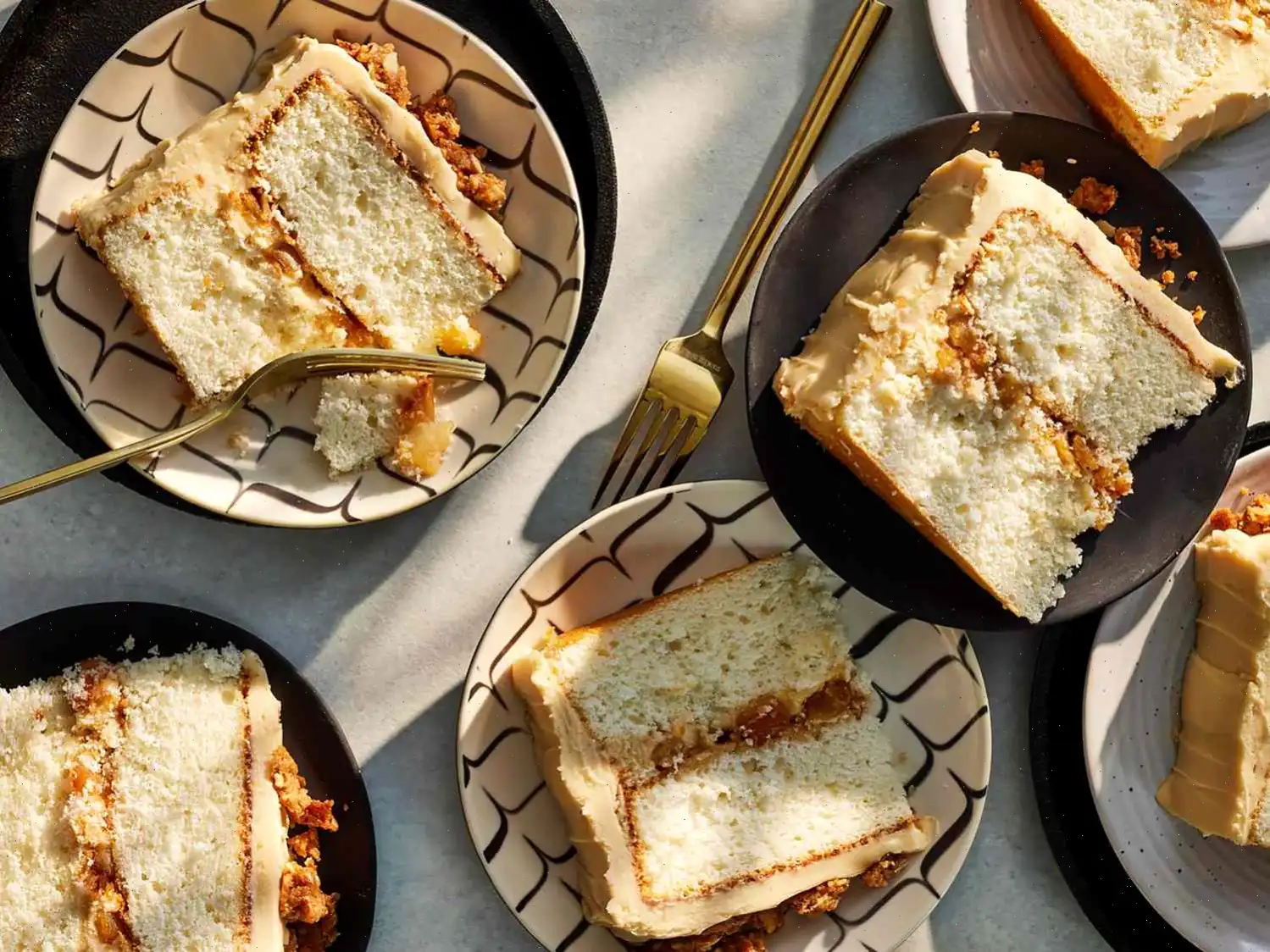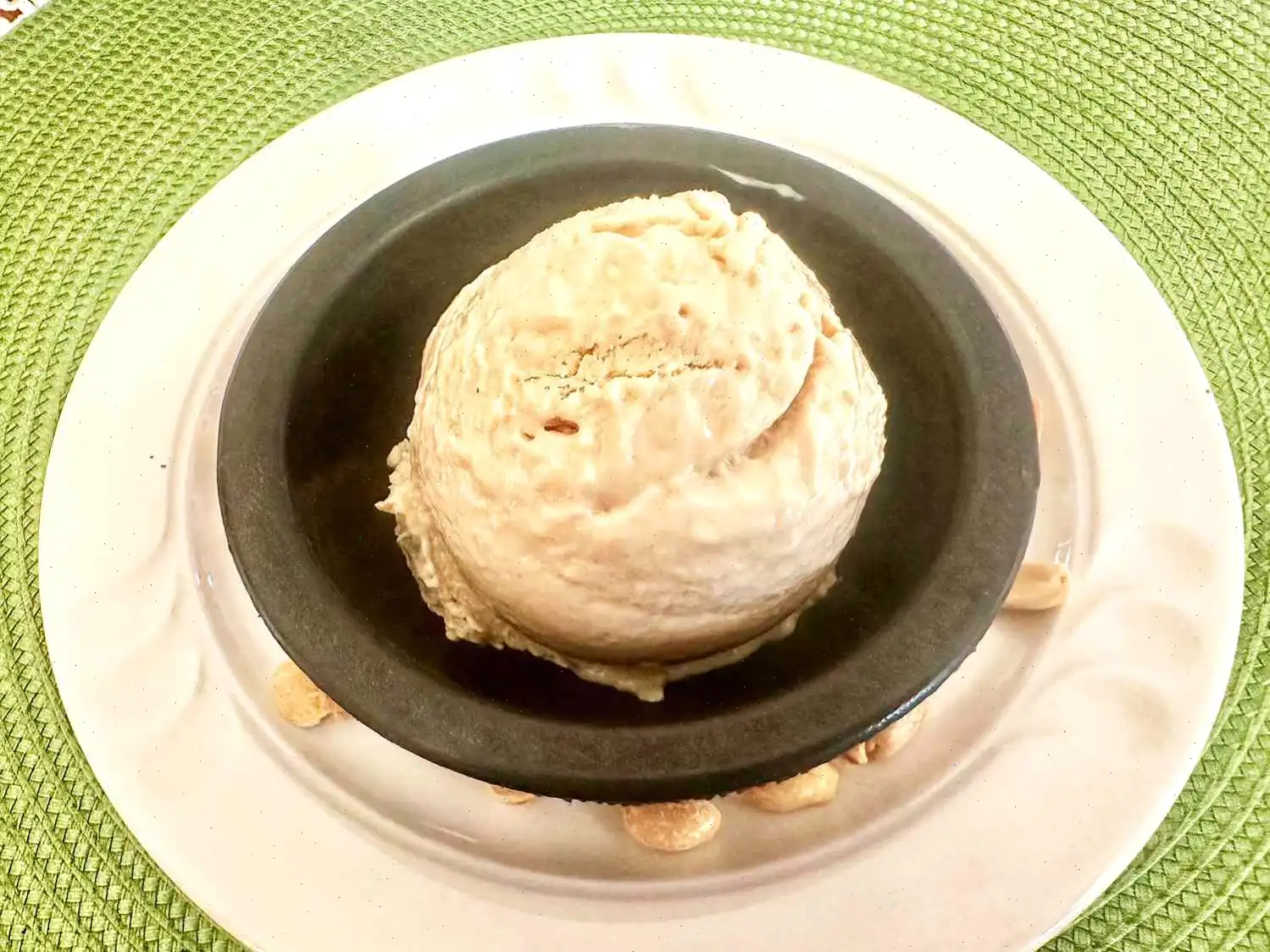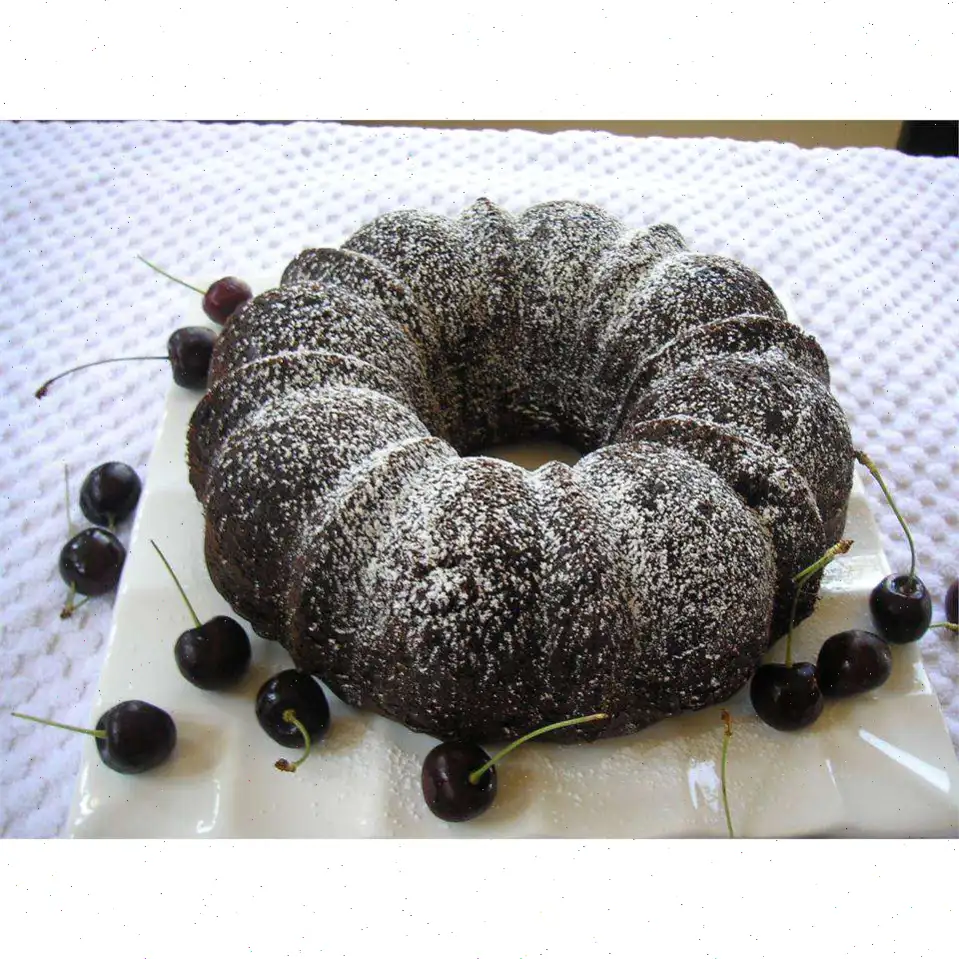
Blender Chocolate Mousse Recipe
This creamy, decadent dessert is perfect for chocolate lovers. With the depth of espresso flavor and the richness of heavy cream, it's a perfect treat for any occasion.
Ingredients
- 1 cup heavy cream
- 1/4 cup unsweetened cocoa powder
- 1/4 cup confectioner's sugar
- 1 1/2 teaspoons instant espresso powder
- 1/2 teaspoon vanilla extract
- 1 pinch salt
Directions
- Start by combining the heavy cream, cocoa powder, confectioner's sugar, instant espresso powder, vanilla extract, and a pinch of salt in a high-powered blender, such as a Vitamix.
- Blend all ingredients for about 30 seconds until fully mixed and smooth.
- After blending, place the mixture in the refrigerator and chill for at least 1 hour. This step allows the flavors to meld together for a richer taste.
Cooks Note
For the best flavor, opt for high-quality cocoa powder such as Valrhona, Ghirardelli, or Guittard.
Nutrition Facts
Serving Size: 1 serving (Recipe yields 4 servings)
| Nutrient | Amount | % Daily Value |
|---|---|---|
| Calories | 252 | |
| Total Fat | 22g | 28% |
| Saturated Fat | 14g | 69% |
| Cholesterol | 67mg | 22% |
| Sodium | 49mg | 2% |
| Total Carbohydrate | 12g | 4% |
| Dietary Fiber | 1g | 4% |
| Total Sugars | 9g | |
| Protein | 3g | 5% |
| Vitamin C | 0mg | 0% |
| Calcium | 40mg | 3% |
| Iron | 2mg | 10% |
| Potassium | 66mg | 1% |
* Percent Daily Values are based on a 2,000 calorie diet. Your daily values may be higher or lower depending on your calorie needs.
** Nutrient information is not available for all ingredients. Amount is based on available nutrient data.
The History and Origins of Blender Chocolate Mousse
Chocolate mousse is a classic French dessert whose origins trace back to the 18th century. The word "mousse" itself means "foam" in French, referring to the desserts airy texture. Traditionally, chocolate mousse was made by folding whipped egg whites and cream into melted chocolate, creating a delicate, light, and fluffy consistency. The blender version is a modern adaptation designed for convenience, allowing anyone to enjoy this luxurious dessert without mastering the traditional whipping techniques. By combining ingredients in a powerful blender, the mousse achieves a smooth texture quickly, making it accessible to home cooks worldwide.
Regional Variations and Features
While the classic French mousse relies on delicate folding, regional variations have emerged globally. In the United States and other Western countries, the blender mousse often includes espresso powder to intensify the chocolate flavor and sometimes gelatin or whipped toppings for stability. In Europe, some versions emphasize darker, bittersweet chocolate for a richer profile, while in Japan, mousse may be made lighter and sweeter to cater to local palates. These subtle regional tweaks reflect differences in taste preferences and available ingredients, making chocolate mousse a versatile dessert that adapts well to cultural variations.
What Sets Blender Chocolate Mousse Apart
Unlike traditional chocolate mousse, which depends on careful whipping of egg whites and cream, blender chocolate mousse prioritizes speed and ease. It eliminates the need for multiple bowls, manual folding, and meticulous timing. While classic mousse is airy and delicate, the blender version delivers a creamy and dense texture with fewer steps. Additionally, adding instant espresso powder, as in this recipe, amplifies the chocolates depth and complexitya feature less common in standard recipes. This simple approach makes it a favorite for home cooks seeking a rich chocolate experience with minimal effort.
Where Its Commonly Served
Blender chocolate mousse is typically served as a dessert in casual home settings, cafes, and restaurants that value quick preparation. It is often presented in individual cups or glasses, garnished with whipped cream, chocolate shavings, or fresh berries. During festive occasions such as birthdays, holidays, or dinner parties, this mousse stands out as a refined yet easy-to-make sweet treat. In modern dining, it is also popular as a grab-and-go dessert option due to its simple ingredients and minimal preparation time.
Interesting Facts About Chocolate Mousse
- The first printed chocolate mousse recipe appeared in France in the 1750s, highlighting its long-standing culinary legacy.
- Blender mousse allows for creative variations, including vegan versions using coconut cream or aquafaba in place of dairy.
- Chocolate mousse is often associated with fine dining, but the blender method democratizes it, making gourmet desserts accessible at home.
- Espresso or coffee enhances the chocolates flavor through a process known as flavor synergy, where bitter and sweet notes complement each other.
- The dessert is naturally gluten-free, making it suitable for a wide range of dietary preferences without modification.
Overall, blender chocolate mousse offers a modern twist on a timeless French dessert. Its ease of preparation, adaptability, and rich flavor have made it a favorite in kitchens worldwide, proving that convenience and elegance can coexist beautifully in a single dessert.
FAQ about Blender Chocolate Mousse Recipe
Comments
Barbara Young
02/05/2023 07:29:59 AM
This recipe lacked a thickening agent, resulting in a liquid consistency even after blending and refrigerating for 2 hours. Placing it in the freezer for 4 hours didn't produce much improvement either. I believe whipping the cream first and then folding in the other ingredients might help. Even after adding Cool Whip, the mixture remained runny and did not set properly. It seems like a misstep occurred in the recipe development, as the final result did not resemble the photo and failed to achieve a pudding-like consistency.








